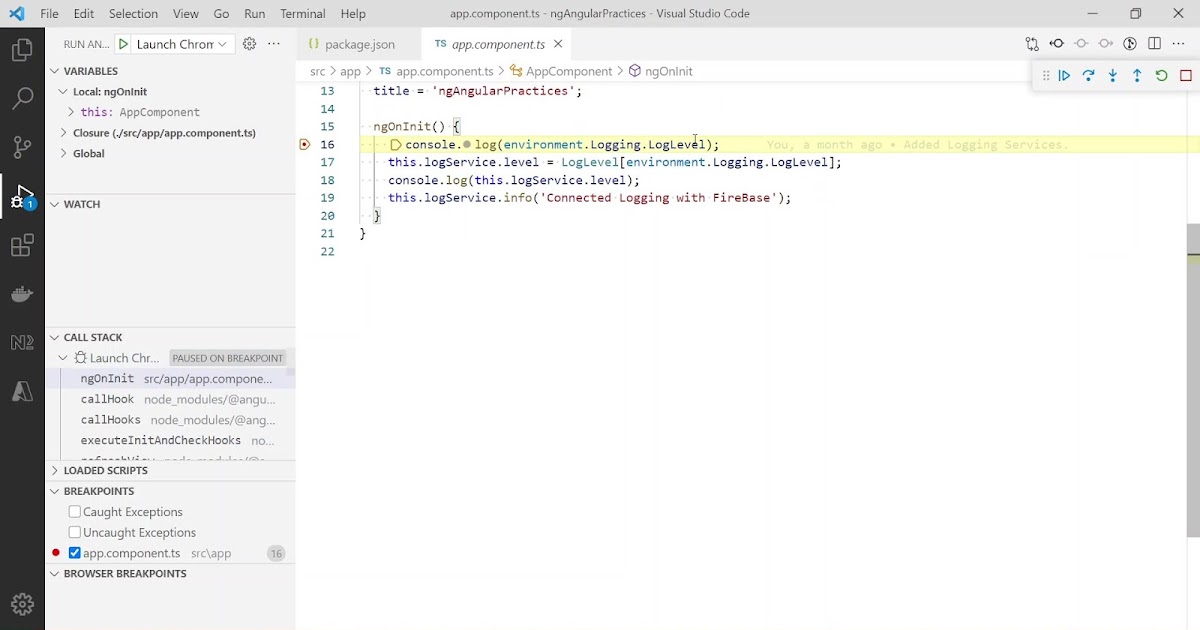

- Remove all angular versions install#
- Remove all angular versions update#
- Remove all angular versions code#
This section is taken from Victor Savkin’s blog. The usage is exemplified here.ĭivide the routes between the Angular 1 and the Angular 2 routers ngUpgrade allows us to use Angular 1.x directives in Angular 2.x components by upgrading them using upgradeNg1Component(). There might be cases where one component has already been upgraded to Angular >= 2.x, but it still uses Angular 1.x directives in its template. If the modules you want to inter-operate (i.e., you want to use Angular component from AngularJS) are tightly coupled then it is advisable to migrate both of them to Angular 2 without trying to bridge the gap by using downgradeComponent. To facilitate usage of Angular 2 component from we need to downgrade the Angular component using the downgradeComponent function.
Remove all angular versions code#
All configuration happens in the providers section of a module.Īfter converting code for an AngularJS module to its equivalent Angular code, it might be needed that one of the converted component is used in the yet to be converted AngularJS module. Config blocks are not a part of Angular anymore.

Write all your run block code in a callback by chaining on the bootstrap method call of main.ts file.Convert a provider too to an Injectable but using useFactory as specified in this section of Angular Docs.Convert a factory or a service to an Injectable (aka services).However, make sure to move common business logic to an Injectable (aka service) to improve code reusability. If two different templates use the same controller, you must create two different components corresponding to each of the templates. Find the set of controllers and templates in your routes and convert each of them to a component.Attribute type directive without a template to a Directive.Attribute type directive with a template to a Component.Each AngularJS module to respective Angular module.

And for each module, we need to do the below steps. So, we need to convert each AngularJS module to respective Angular module. One must have a quick glance at the AngularJS to Angular Quick Reference guide before proceeding further with this document. The neat thing about doing this with UpgradeModule is that we can convert one module at a time and check if the app still works properly. Now we need to convert, one by one, all of our AngularJS entities (like directives, controllers, filters etc) to its corresponding Angular entity. You should use typed interfaces and classes for each component, directive, pipe etc. Using typed interfaces can help you with intellisense and catching many errors at compile time rather than finding them at runtime. Identify the entities of an application (for example user, item, product etc) and create typescript interfaces for each one of them. You should now have your AngularJS app bootstrapped and run by Angular.
Remove all angular versions update#
make sure to update the root module name.īuild and host your application by running the command:.Change src/app/ file with the following contents:.Make sure to import all the source files from AngularJS project into your new project before any other imports in main.ts file.Copy all files from app directory (except global styles which you have already copied to app/styles.css) of AngularJS project to the app directory of the new project.Copy all global CSS styles (typically from app/styles/app.css) of AngularJS project and paste it into app/styles.css of the new Angular project we created.
Remove all angular versions install#
You would just need to install the ones in dependencies. Npm install -save angular You can look up the package.json file of AngularJS app and find out the dependencies all at once. Npm install -save Install all dependencies needed for the existing AngularJS project in the new project. Install dependencies required for the upgrading from Angular 1 to 2 project.Create a new Angular 5 project using angular cli.ngUpgrade allows both Angular 1 and Angular 2 codebase to exist in the same project. With ngUpgrade your Angular 1 codebase need not be migrated to Angular 2 all at once. Adequate support for mobile or smartphones.


 0 kommentar(er)
0 kommentar(er)
